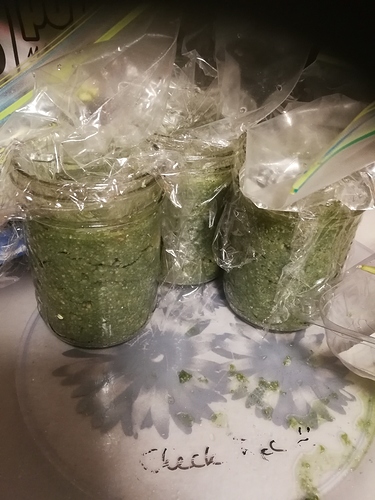You can eat kimchi right away. You don’t have to wait. When we make it sometimes I can’t wait and have some before we’ve even closed the jar.
That said, kimchi really is better when it’s “ripe”. Once it’s fermented, and aged a bit. Has a great sour taste.
We done use sugar in ours. So be careful when eating kimchi in restaurants as they usually add sugar to theirs. Especially the buffets. Even before I went Keto I couldn’t stand buffet kimchi, it was far too sweet. I like mine really sour and stinky. I’d walk into work and coworkers asked if I had kimchi for breakfast. Nope, it’s in my lunch box. You just can’t contain the smell, even locked in a container, in a container, in another container.


 (for those who are not familiar with the benefits!)
(for those who are not familiar with the benefits!)



